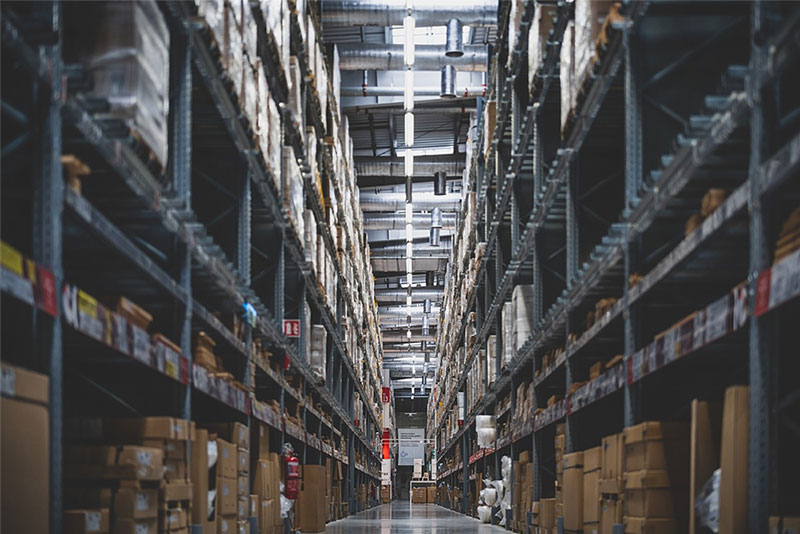Inventory backlog can be a significant challenge for businesses operating in today's global market. However, with the strategic use of US overseas warehousing, companies can effectively mitigate these issues and streamline their supply chain operations.

One of the primary ways US overseas warehousing helps reduce inventory backlog is by strategically positioning inventory closer to the end customer. By storing goods in warehouses located in key overseas markets, companies can minimize the time it takes for products to reach consumers. This reduces lead times and ensures that goods are readily available when customers place orders.
Another benefit of US overseas warehousing is its role in optimizing inventory levels. By maintaining stock closer to demand centers, businesses can better forecast demand patterns and adjust their inventory accordingly. This proactive approach helps prevent overstocking or understocking issues that often contribute to backlog problems.

Furthermore, US overseas warehousing enhances flexibility within the supply chain. With inventory strategically positioned overseas, businesses can respond more swiftly to market changes, seasonal fluctuations, or unexpected demand spikes. This agility is crucial in reducing the risk of backlog and ensuring a smooth flow of goods to customers.

Cost efficiency is another significant advantage associated with US overseas warehousing. By optimizing inventory management and reducing the need for expedited shipping, businesses can lower transportation and storage costs. This cost savings can be reinvested into other areas of the business, further enhancing overall operational efficiency.
Lastly, US overseas warehousing supports customer satisfaction and retention. By ensuring timely delivery of products and minimizing stockouts, businesses can improve their service levels and meet customer expectations consistently. This reliability fosters customer loyalty and enhances the brand's reputation in the market.